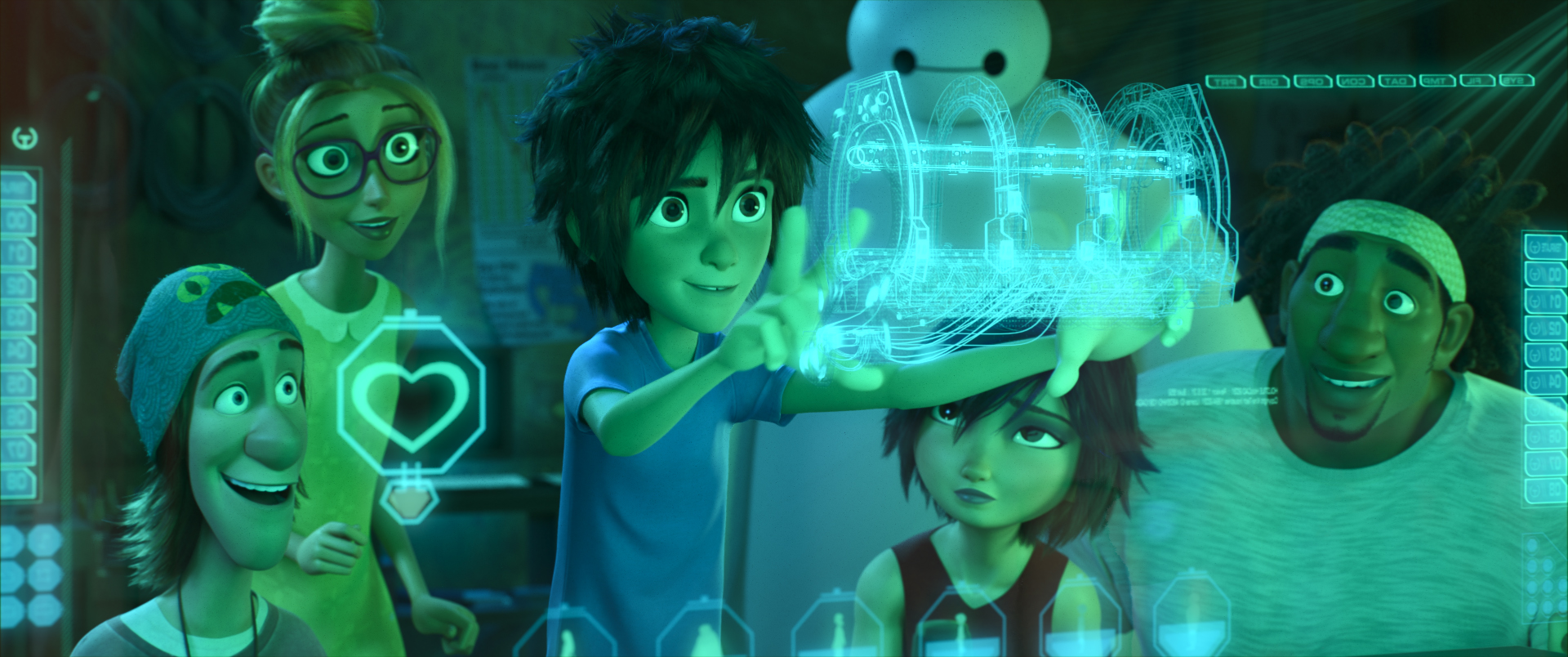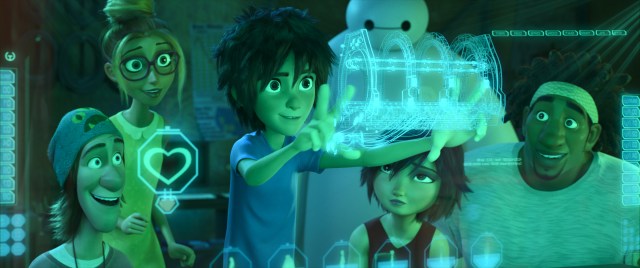Hollywood Diversity Report Shows Movies and TV With Diverse Casts Sell Better, Surprising No One
Except white dudes, probably.

The second annual Hollywood Diversity Report by UCLA’s Ralph J. Bunche Center for African American Studies revealed what it seems like everyone except studio execs already know: people want diversity in TV and movies.
The report covers the years 2012 and 2013 and shows that films with casts that were 30% diverse—meaning that 30% of the cast was comprised of people of color—performed best in worldwide box office numbers, according to THR. In television, where there are often more choices for content with diverse casts by virtue of more choices in general, the preferred percentage of diversity was predictably higher:
Viewers like diversity, with broadcast scripted shows 41 percent to 50 percent diversely cast scoring the highest ratings in black and white households alike in 2012-13, while on cable, white and Latino viewers preferred casts with 31 percent to 40 percent diversity. Black households preferred cable shows with more than 50 percent diversity, a figure buoyed by BET programs including The Game and Kevin Hart’s Real Husbands of Hollywood.
Basically, if you cast it (diversely), we will watch. *Cough.* Donald Glover for Spider-Man. *Cough.*
Sadly, the hiring decisions in front of the camera as well as behind don’t match up to what audiences are into. People of color comprise around 40% of the total U.S. population, which pretty closely matches the ratio that’s more likely to attract the most viewers (in TV, at least), but is more than a bit off when compared to actual diversity stats in movies—an even stronger sign that audiences want diverse casts, all considered.
In 2013, 56% of film casts had racial diversity of 20% or less. And that was an improvement on 2011’s numbers in last year’s report, which saw about 73% of film casts come in at 20% diversity or under. Only 29.9% of film casts in 2013 were in the 21-50% zone where the audience preference numbers would match up, and a paltry 13.8% of films had casts of more than 51% actors of color. For lead roles, just 16.7% were played by actors of color, and only 25.3% were women of any race.
The numbers on the production end saw directors of color outnumbered 2 to 1 to their white contemporaries, and female directors of any race at 8 to 1 compared to male ones. Writer and TV show creator numbers for both groups were also disproportionately out-of-whack with their share of the general population.
But progress has been made since last year’s report, and “audiences, regardless of their race, are clamoring for more diverse content,” report co-author Ana-Christina Ramon says. The study’s authors think that the problems likely stem from the fact that TV and film executives are overwhelmingly white and male—96% white and 71% male in television/94% white and 100% male in film, or about as white and male as the Oscars—which, intentionally or not, influences the decisions they make.
Darnell Hunt, the lead author of the report, says,
It’s a high-risk industry. People want to surround themselves with collaborators they’re comfortable with, which tends to mean people they’ve networked with—and nine times out of 10, they’ll look similar. It reproduces the same opportunities for the same kind of people: You’re surrounding yourself with a bunch of white men to feel comfortable.
It’s not like there’s this general trend upward, this wave everything is riding. It’s very precarious. It’s getting better, but it’s not getting better fast enough. And it’s still a big problem.
That’s what makes diversity initiatives so important. The only way to turn these trends around is to get more diverse people actually making the decisions in the first place, and that doesn’t just happen on its own.
For more, watch Hunt and Ramon discuss the report in their own words:
(via THR)
Are you following The Mary Sue on Twitter, Facebook, Tumblr, Pinterest, & Google +?
Have a tip we should know? [email protected]
